15 Iconic Vintage Cars From the 1920s You Should Know
The 1920s gave us some of the most iconic vehicles in automotive history. These cars were known for their style, power, and personality. Many of them became symbols of progress during a lively and memorable decade. Whether you are a collector or simply curious, there is something here worth knowing. Take a closer look and find out what made these cars stand out.
This post may contain affiliate links, which helps keep this content free. Please read our disclosure for more info.
Ford Model T (1920-1927)

The Ford Model T remained a common sight through much of the 1920s, carrying forward the success it had already earned. Its 2.9-liter four-cylinder engine produced modest power, reaching top speeds near 45 miles per hour. What made it stand out was not performance, but accessibility. Ford’s assembly line kept the price low, making it one of the most widely owned cars of the decade.
For many families, the Model T was their very first automobile. It was dependable, easy to operate, and could be maintained with basic tools. From city roads to country farms, the Model T became part of daily life in America. Production ended in 1927 to make way for newer designs, but its influence remained.
Rolls-Royce Phantom I (1925-1931)

Introduced as a successor to the Silver Ghost, the Phantom I delivered elegance and refinement on a grand scale. Its 7.7-liter inline-six engine offered smooth acceleration with minimal noise. Customers could order custom bodies from coachbuilders, which meant no two cars looked the same.
The Phantom I was favored by the wealthy, often seen near upscale hotels or private estates. Beyond its quiet ride and polished engineering, the car represented refined luxury during a vibrant era. Owners appreciated the high level of attention paid to comfort and detail. Many of these vehicles have been restored and continue to draw crowds at classic car shows.
Duesenberg Model A (1921-1926)
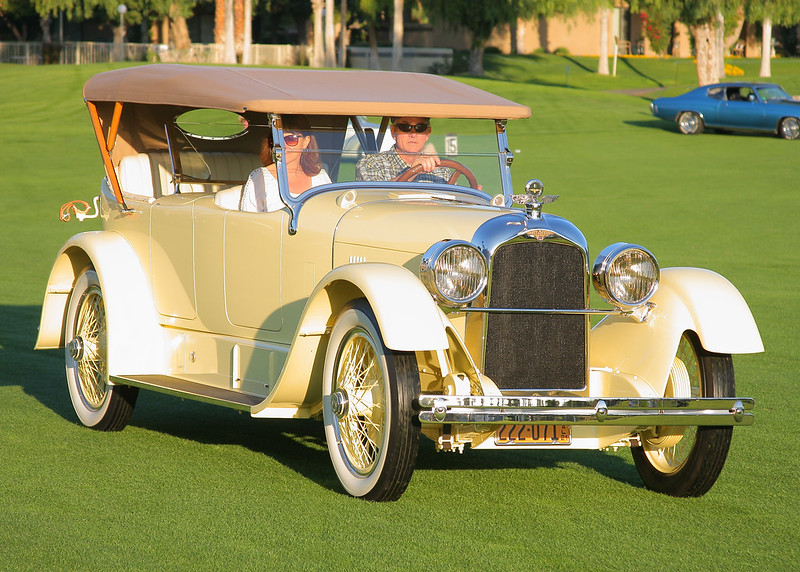
The Duesenberg Model A arrived in 1921 with impressive technical features for the time. It included a straight-eight engine and hydraulic brakes, which were not widely used yet. Duesenberg had its eye on quality and performance, and the Model A helped shape its growing reputation. It was marketed toward wealthy drivers who wanted something beyond the average offering. Though production numbers stayed low, the car’s engineering stood out.
The Model A served as the brand’s foundation before the more famous Model J took the spotlight. It carried a strong look and a powerful feel, which made it stand out from other cars in the same price range. Many of the original units are kept in private collections or on display in museums. The car’s influence helped Duesenberg earn respect long before it became a household name.
Cadillac Type V-63 (1924-1927)
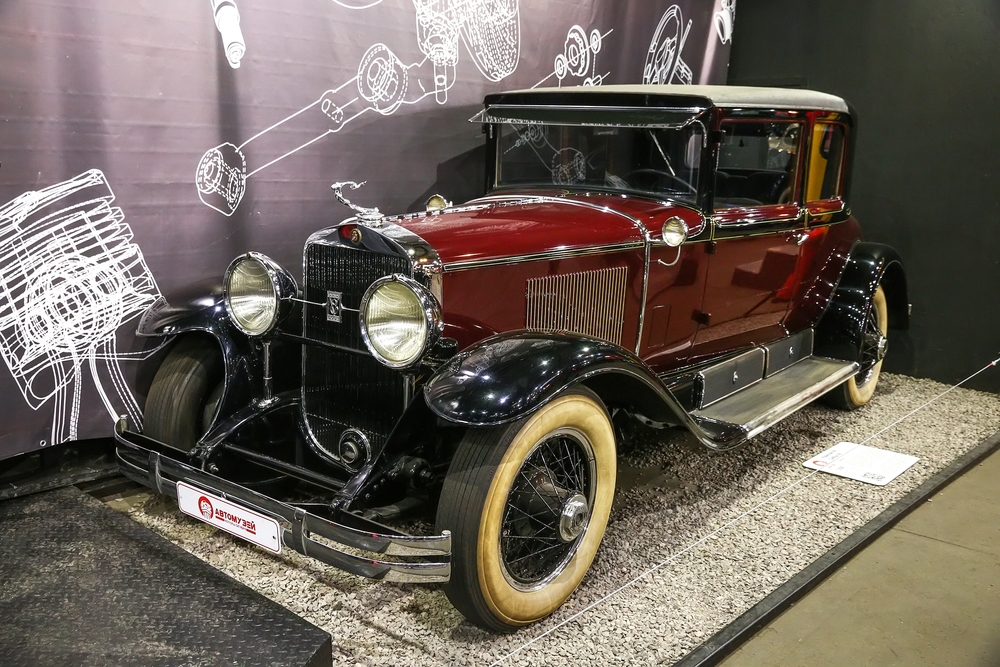
Cadillac introduced the Type V-63 to offer a better ride and more power. It came with a V8 engine that delivered smooth acceleration and quiet operation, making it appealing to upper-middle-class drivers. The model also featured balanced brakes, which improved overall handling. Cadillac’s goal was to maintain its place as a luxury brand while staying ahead of the competition.
Available in different body styles, including coupes and touring sedans, it gave buyers plenty of choices. Its steady performance and sharp design helped Cadillac remain a trusted name through the decade. Collectors still look for original or restored examples of the V-63 today.
Packard Eight (1924-1930)
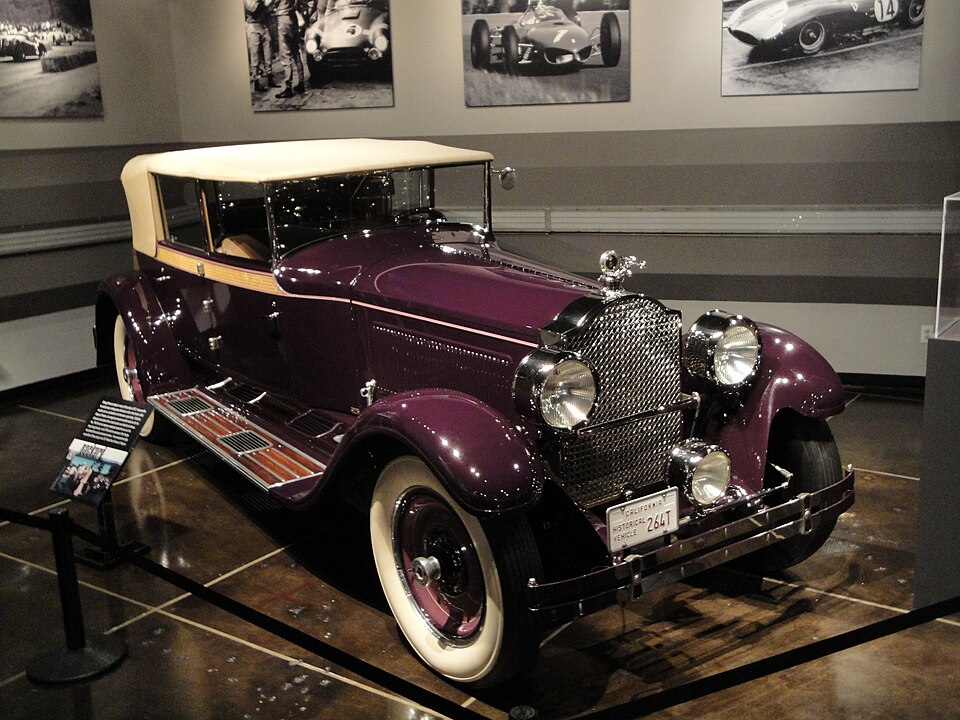
The Packard Single Eight brought power and grace to the mid-1920s. It featured a straight-eight engine that delivered strong and steady performance. The car offered elegant body lines that appealed to buyers who wanted luxury without going overboard. Comfort was one of its strongest points, with options like plush interiors and roomy cabins
Packard already had a reputation for quality, and the Single Eight helped strengthen that image. It found a place with both business professionals and private buyers. Even now, it draws attention for its subtle beauty and quiet confidence. The Single Eight remains a popular pick among vintage car fans.
Chevrolet Series AB National (1928)
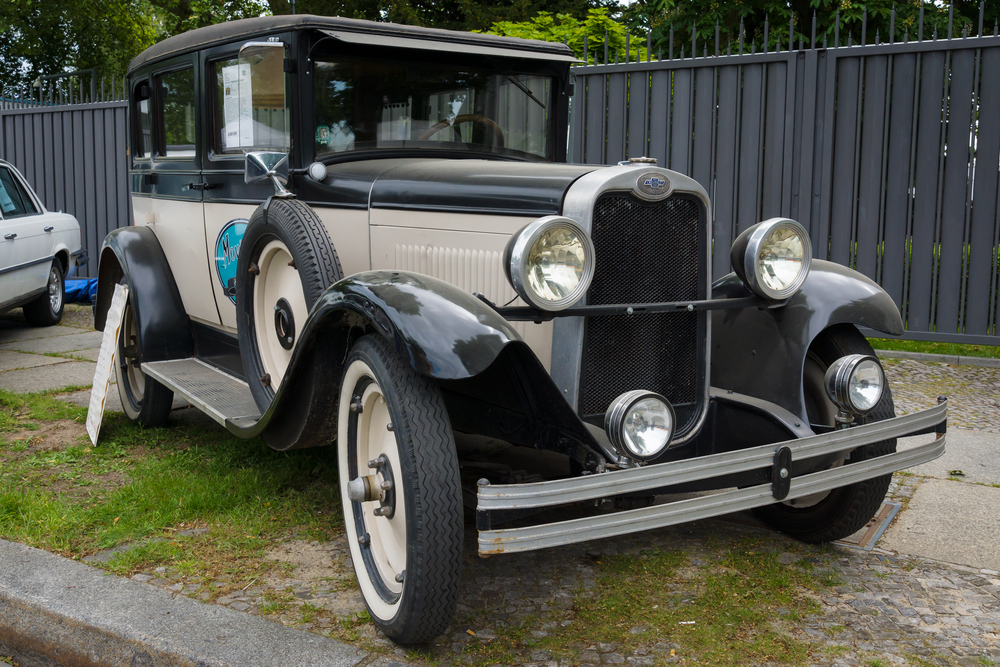
In 1928, Chevrolet released the Series AB National with several upgrades over the previous model. It had a 2.8-liter four-cylinder engine and better suspension, which made driving more comfortable. The car came in multiple body styles and was priced to reach a wide range of customers. With over a million units sold, the model became a success.
Buyers liked its new features and improved road feel. It allowed Chevrolet to close the gap with Ford during a key period of competition. Today, restored Series AB models are often shown at classic car events. Their place in history comes from both their popularity and practicality.
Lincoln L-Series (1920-1930)
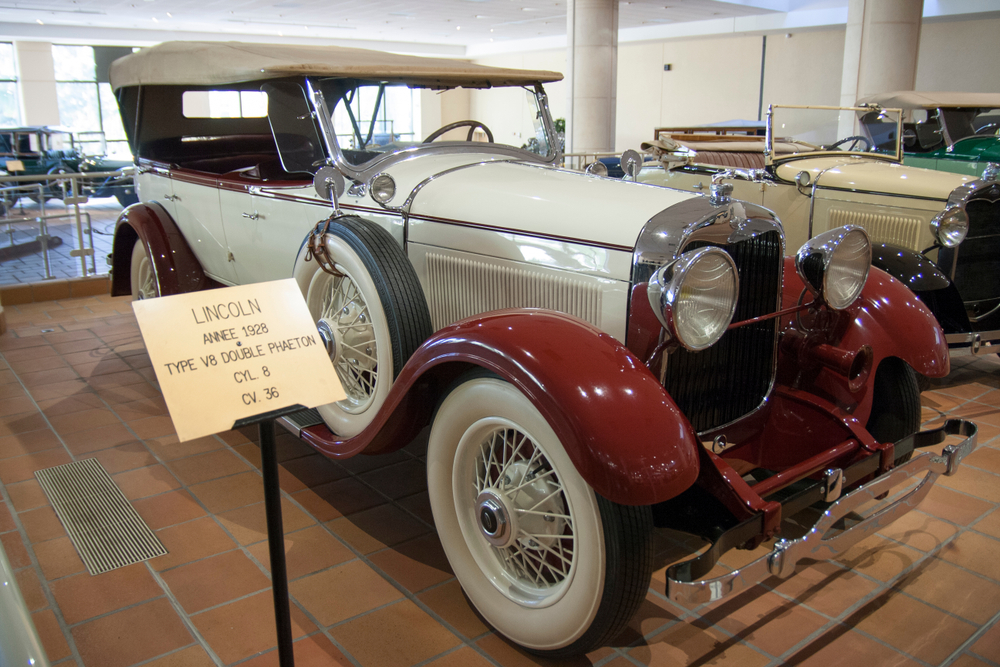
The L-Series was the first model released by Lincoln and became a strong foundation for the brand. It featured a V8 engine and a sturdy frame, delivering reliable performance and smooth handling. When Ford acquired Lincoln in 1922, production of the L-Series continued with better support.
Buyers could order custom bodies from respected coachbuilders, adding exclusivity to each car. Wealthy owners enjoyed the quiet ride and the sense of sophistication it brought. The L-Series remained in production for a full decade, a sign of its steady popularity. Collectors still seek it out for both its craftsmanship and historical importance.
Auburn 8-88 (1925-1926)
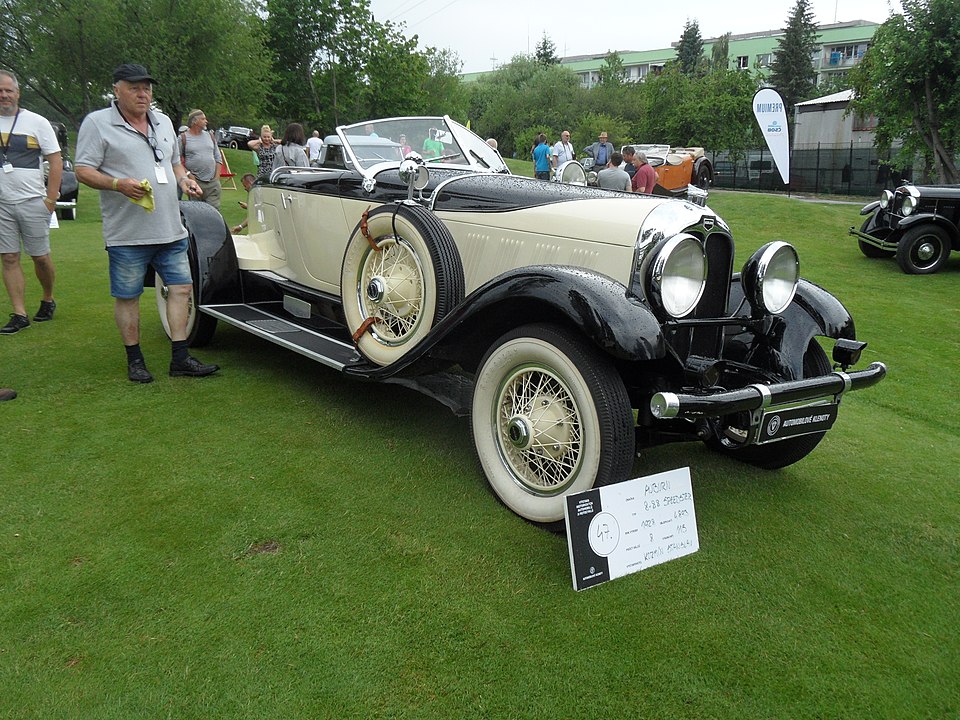
The Auburn 8-88 arrived in 1925 with a straight-eight engine and sharp styling that felt ahead of its time. While it offered good speed and performance, it kept prices within reach for many buyers. The design included sleek lines and bold curves, giving it a sporty yet refined look. Auburn found a way to balance quality with appeal.
This model helped Auburn attract more attention during the mid-1920s. Multiple trim levels and color choices made it easy to personalize. Drivers appreciated its smooth acceleration and steady ride. Many collectors now see the 8-88 as a turning point for Auburn’s reputation in American car design.
Chrysler Model 70 (1924-1926)
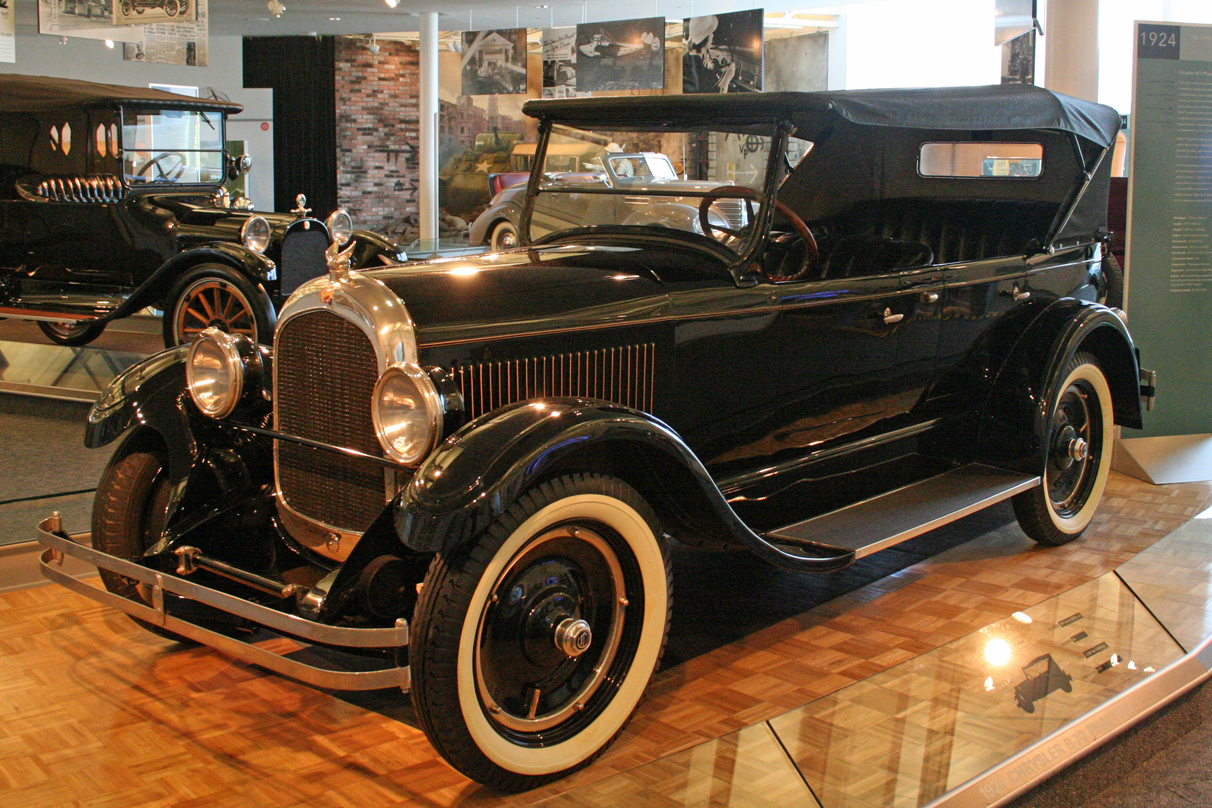
Chrysler introduced the Model 70 as one of its first successful ventures. It featured a six-cylinder engine and could reach speeds up to 70 miles per hour, which was impressive at the time. The car also came with hydraulic brakes, offering better control and stopping power.
Aimed at middle-class drivers, the Model 70 offered roomy interiors and smooth road handling. It gave customers more than basic transportation, with features that made driving more enjoyable. Chrysler’s quick rise during the decade can be traced in part to this model. It remains a favorite among those interested in Chrysler’s early success.
Bugatti Type 35 (1924-1930)

The Bugatti Type 35 first appeared in 1924 and quickly became a top performer on racing circuits. Its lightweight frame and straight-eight engine gave it a competitive edge. It won hundreds of races throughout the decade, becoming one of the most decorated race cars in history. The narrow body and signature wheels gave it a style all its own.
Bugatti focused on both performance and design, and the Type 35 showcased that balance. It was often used in Grand Prix events by private teams and individuals. The model still holds legendary status among classic car fans. Few cars from the 1920s matched its mix of beauty and performance.
Mercedes-Benz Model S (1927-1928)
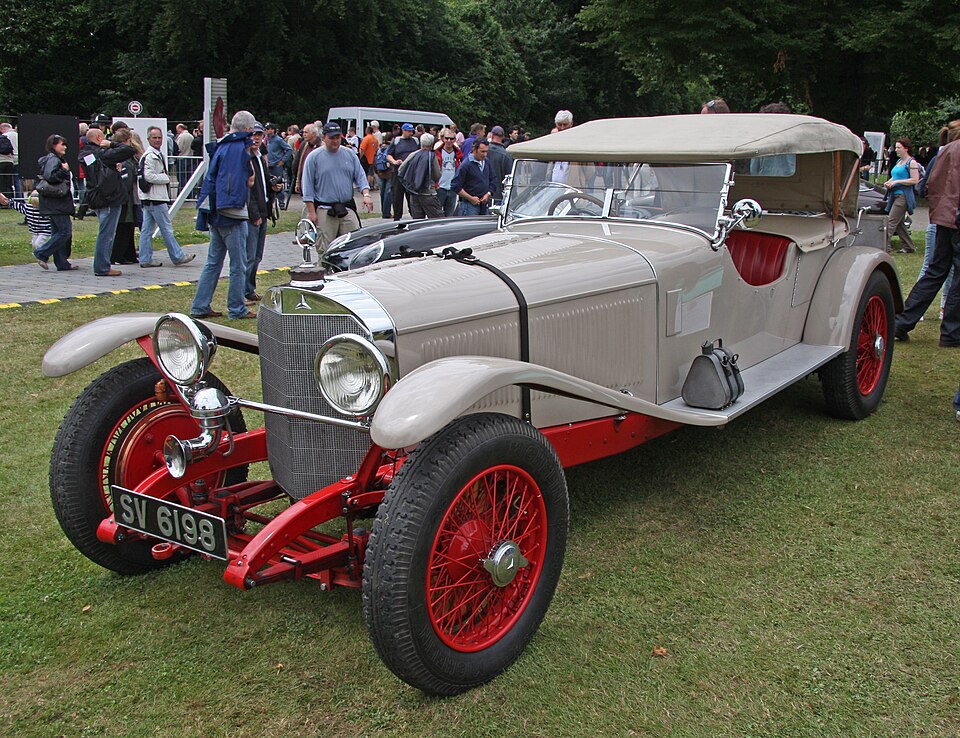
Released in 1927, the Mercedes-Benz Model S brought high performance into the luxury market. It had a supercharged six-cylinder engine, allowing it to reach top speeds with ease. The long hood and low profile made it one of the most striking cars of its time. This model set the tone for future performance models from the brand.
It was used in European road races and earned praise for its capability. Wealthy buyers who wanted speed and elegance turned to the Model S. Production numbers were low, which adds to its rarity today. It continues to stand out as one of the key achievements in early Mercedes-Benz history.
LaSalle Series 303 (1927-1928)
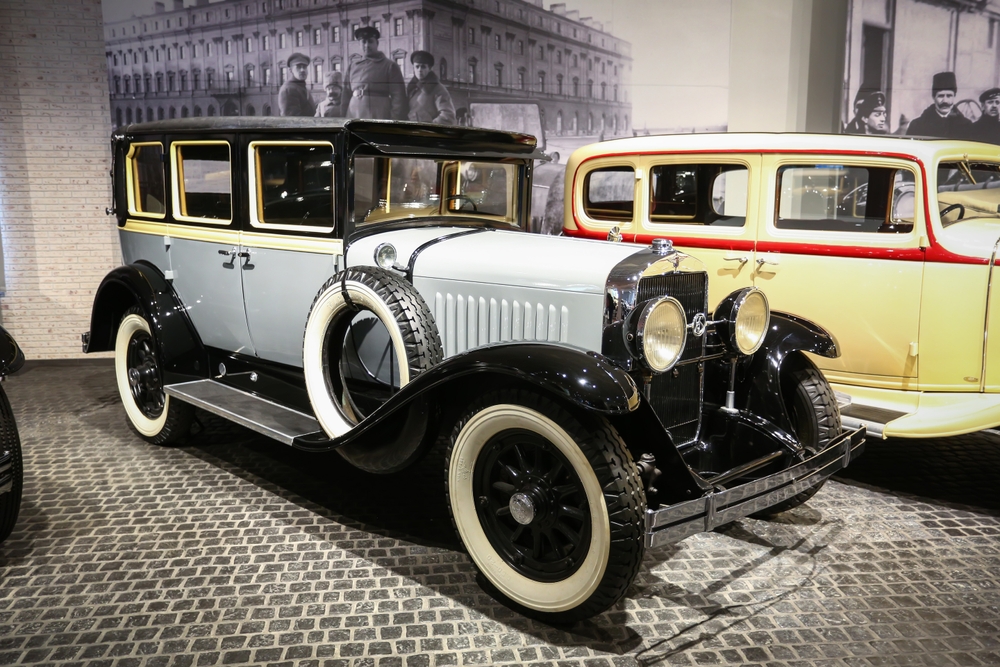
The LaSalle Series 303 was introduced by General Motors as a more youthful companion to Cadillac. With a V8 engine and sleek body style, it drew attention from younger professionals. The design came from Harley Earl, whose work later influenced decades of automotive styling.
Buyers appreciated that it cost less than a Cadillac while maintaining a premium feel. The Series 303 came in many styles, including convertibles and coupes. It made luxury more reachable for a broader audience. Over time, it helped shape design trends for General Motors.
Essex Super Six (1920-1929)
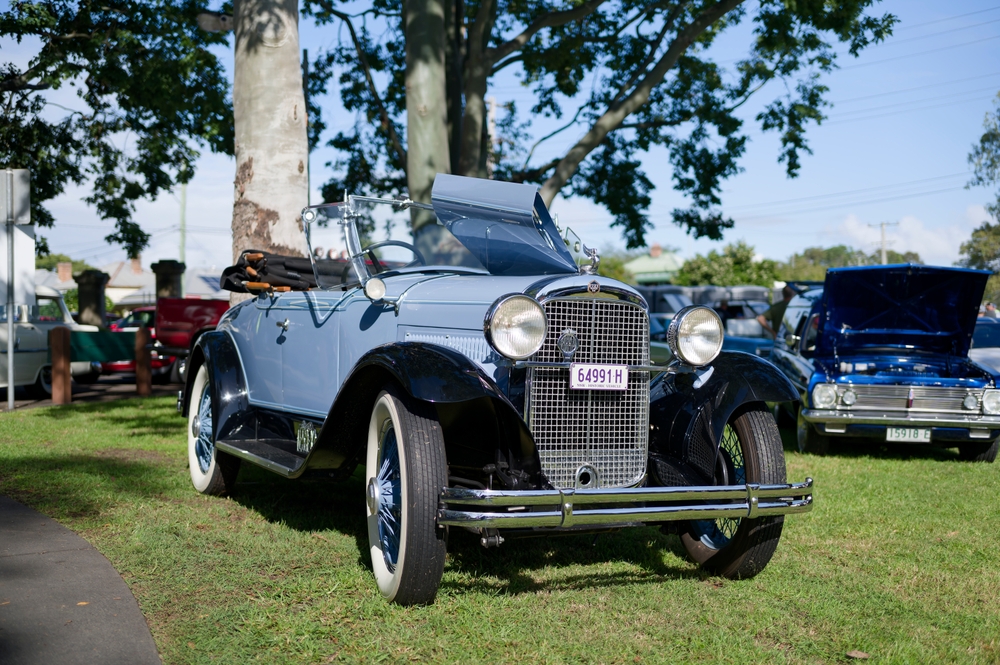
Hudson’s Essex brand offered the Super Six throughout the decade with solid results. It used a six-cylinder engine and featured a durable steel body. This gave it strength, safety, and resistance to wear, which families appreciated. Enclosed body styles made it more comfortable in all kinds of weather.
The car was popular with working-class drivers looking for value and dependability. It helped the Essex line gain attention beyond basic transportation. More people began to expect better quality from affordable vehicles. The Super Six played a key part in moving car design toward more comfort and protection.
Nash Advanced Six (1925-1929)
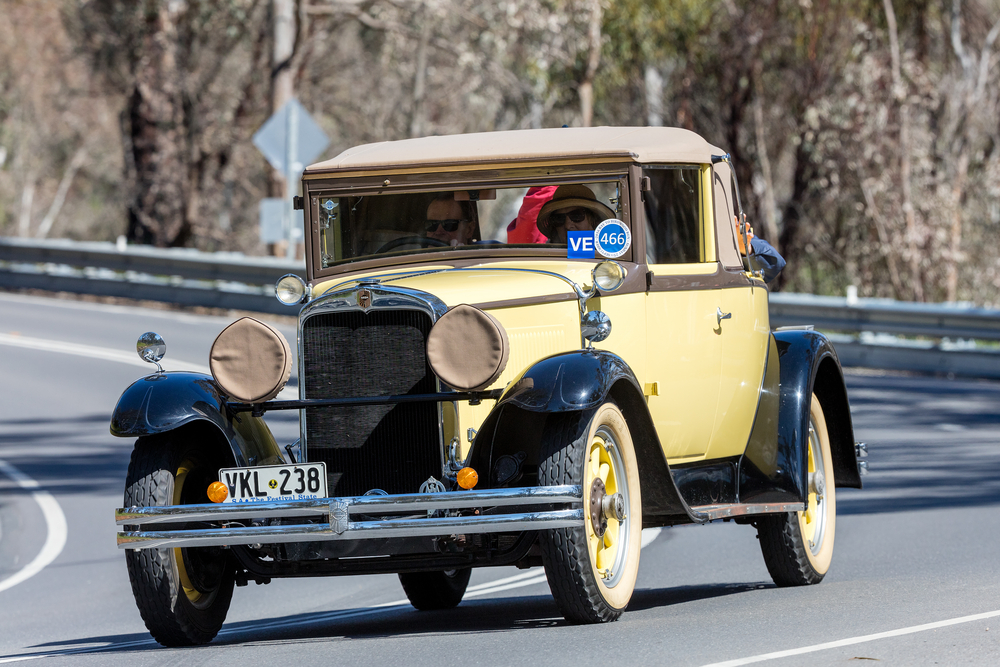
Nash rolled out the Advanced Six in 1925 with a strong six-cylinder engine and an eye toward passenger comfort. The longer body and smoother ride made it good for both city driving and long trips. Features such as roll-down windows and better sound insulation were attractive upgrades.
Buyers were drawn to its steady performance and thoughtful details. It offered a clean, polished look that held up well through daily use. Nash gained more attention in the second half of the decade thanks to this model. Today, it represents a practical but stylish example of American car building.
Hudson Super Six (1927-1929)
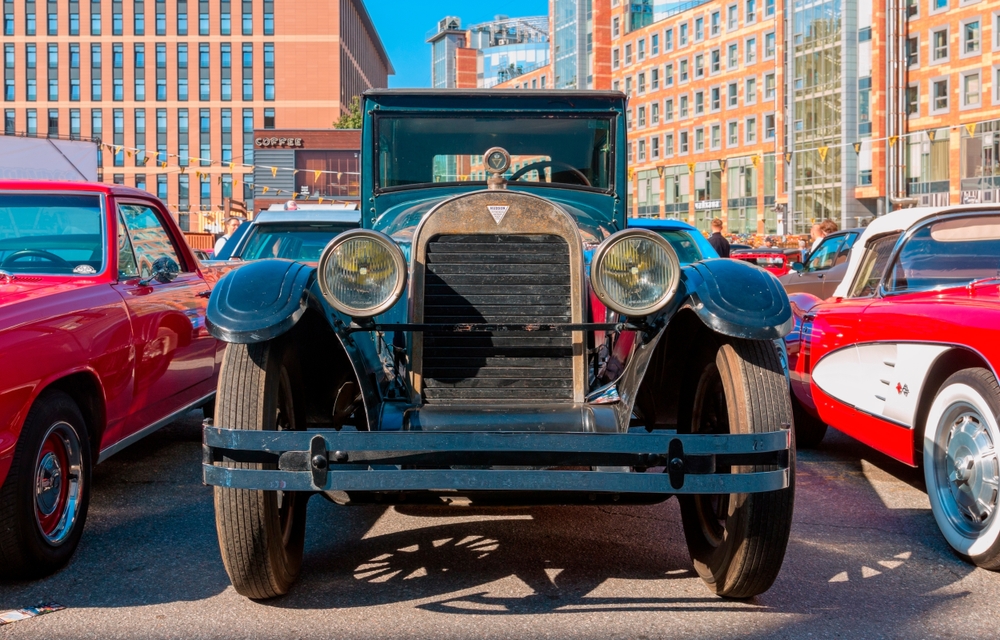
The Hudson Super Six returned in 1927 with fresh engineering and improved power. It used a revised frame and a more powerful engine, which gave it reliable speed and strong handling. The car could handle long drives while still being comfortable in cities. Hudson aimed the model at drivers who wanted strength and value.
The Super Six sold well thanks to its performance and fair pricing. It served both business users and families, offering flexibility and dependability. It became one of Hudson’s most recognized models of the decade. Restored examples remain popular among vintage car owners.
This article originally appeared on Avocadu.
